
What Does E3 Mean on Electric Scooter? Easy Fixes Explained
If you ride an electric scooter, seeing the E3 error code can be confusing and frustrating. This code usually points to a communication issue between the scooter’s display and controller, which can affect performance or stop your ride entirely. Understanding what E3 means on an electric scooter is the first step to fixing it quickly. In this guide, we’ll explain the causes, simple troubleshooting steps, and ways to prevent it in the future.
What the E3 Error Code Means on Electric Scooters

Seeing the E3 error code on an electric scooter often signals a communication failure between the scooter’s display and its controller. These two parts are essential for smooth operation, as the controller manages power while the display provides rider information. When the connection is disrupted, the scooter may lose responsiveness, fail to start, or show irregular performance.
In many cases, this error can be triggered by loose wiring, faulty connectors, or internal damage to the controller or display unit. It may also point to sensor glitches that prevent the system from reading accurate signals. Recognizing the meaning of the E3 code helps scooter owners take the right steps toward troubleshooting, instead of guessing or overlooking the problem.
Addressing the issue quickly is important, since continued riding with an unresolved E3 error can strain other components and lead to more serious repairs. By knowing exactly what E3 means on an electric scooter, you can maintain both performance and safety, ensuring your rides stay reliable and worry-free.
Main Reasons Behind the E3 Error on Electric Scooters
E3 code shows up, it usually means something is interrupting the communication between your scooter’s main components. Below are the most common causes, with details to help you recognize them:
Motor Overheating
-
Why it happens: Riding up steep slopes, carrying more weight than recommended, or using the scooter for long continuous trips makes the motor work harder than normal.
-
What it does: To prevent overheating from causing permanent damage, the system shuts down communication and triggers the E3 error.
-
How to spot it: If the E3 code appears right after a tough ride and disappears after a short break, overheating is the likely cause.
Sensor Problems
-
Hall sensors inside the motor track wheel rotation and speed. A faulty sensor can send irregular or weak signals.
-
Throttle sensors monitor how far you twist the throttle and relay that to the controller. If they fail, the scooter may feel unresponsive or jerky.
-
Result: Since the controller relies on accurate sensor input, bad signals cause confusion and trigger the E3 warning.
Controller Issues
-
The role of the controller: It’s essentially the scooter’s central computer, directing power flow between the battery, motor, and throttle.
-
What goes wrong: Internal faults—like short circuits, software glitches, or aging components—can break down the communication link.
-
Why it matters: If the controller isn’t functioning correctly, even healthy sensors and wiring can’t stop the E3 error from appearing.
Wiring and Connection Faults
-
Why wiring matters: Every signal passes through cables and connectors. If they’re loose, frayed, corroded, or broken, signals are disrupted.
-
How it shows up: The scooter may start intermittently, cut out during rides, or instantly show the E3 error when powered on.
-
The hidden risk: Small wiring issues can worsen over time, eventually damaging the controller or motor if not fixed early.
In short: the E3 error is almost always tied to communication breakdowns between the scooter’s motor, sensors, controller, and wiring. Identifying which of these areas is at fault is the first step toward getting your scooter back on the road.
Step-by-Step Guide to Fixing the E3 Error on Your Scooter
Step 1: Cool Down the Motor
If the error appears after riding uphill, carrying extra weight, or riding for a long time, overheating is likely the cause. Park your scooter in the shade and let it cool for 10–20 minutes before restarting. If the error clears, it was just a temporary heat issue.
Step 2: Check Wiring & Connections
Loose or damaged wires are one of the most common reasons for the E3 code. Inspect the cables leading from the motor, controller, and throttle. Make sure connectors are secure, look for corrosion, and replace any worn or broken wiring. Even a small fault here can trigger the error.
Step 3: Inspect the Throttle
The throttle relies on a Hall sensor to send signals to the controller. If the sensor is weak or faulty, the scooter may not respond properly. Twist the throttle and check if the response feels smooth. For accuracy, you can test the signal output with a multimeter. If readings are erratic—or if the throttle is physically damaged—replacing it is often the best solution.
Step 4: Reset the System
Turn the scooter off completely and disconnect the battery for a few minutes. Reconnect everything and power it back on. A reset clears many temporary glitches that might trigger the E3 error.
Step 5: Check the Controller or Seek Professional Help
If none of the above works, the problem could be inside the controller. Since controller repairs can be tricky and require specialized tools, it’s usually best to have a professional technician test and, if needed, replace the unit. This avoids further damage and ensures the scooter runs safely.
Additional Error Codes You Might See on E-Scooters
|
Error Code |
Meaning / Cause |
Recommended Fix |
|
E2 |
Motor phase wiring fault – damaged or loose wires. |
Inspect motor wiring and repair if possible. Replace controller if the issue persists. |
|
E5 |
Battery voltage too low. |
Fully recharge the scooter. If error remains, replace the battery. |
|
E6 |
Communication cable problem between controller and dashboard. |
Disconnect, clean, and reconnect all cables. Replace communication cable if needed. |
|
E7 |
Incompatible or overvoltage battery. |
Use a battery rated specifically for your scooter’s controller. |
|
E8 |
Internal controller fault. |
Replace the controller with a compatible unit. |
|
E10 |
Dashboard-to-controller connection error. |
Reseat dashboard wiring. If unresolved, replace both the display and controller. |
|
E11 / E12 / E13 |
Motor phase sensor issue. |
Check motor wiring and controller phase connections. Replace controller if faulty. |
|
E14 |
Throttle fault – not resetting or damaged cable. |
Reconnect throttle cable and test. Replace throttle if problem continues. |
|
E15 |
Brake lever error – lever not returning properly. |
Test brake lever movement and cable. Replace lever if necessary. |
|
E16 |
Hall sensor connection failure between motor and controller. |
Secure Hall sensor wiring. Replace motor wheel if fault persists. |
Tips to Avoid the E3 Error on Electric Scooters
-
Keep the Motor from Overheating
Excessive heat is one of the most common triggers for the E3 error code. To prevent this, avoid riding your scooter for long stretches on steep inclines, carrying loads above the recommended limit, or using it in extreme temperatures. Allowing short breaks during extended rides helps the motor cool down and operate efficiently. -
Inspect and Maintain Key Components
Regular maintenance can stop small problems from turning into major faults. Check the wiring, connectors, and throttle sensors often, as these areas are prone to wear and tear. Tightening loose cables, cleaning connections, and replacing damaged parts early on greatly reduces the chances of seeing an E3 error. -
Operate Your Scooter Within Its Limits
Each scooter model has its own performance capacity. Pushing beyond those limits—whether in speed, weight, or terrain—can stress the motor and controller, leading to error codes. Riding within the guidelines provided in your scooter’s manual helps preserve performance and reliability. -
Follow the Manufacturer’s Instructions
Your scooter’s manual is an invaluable resource for proper care. It provides recommended service intervals, riding best practices, and troubleshooting tips specific to your model. By following the manufacturer’s advice, you minimize the risk of recurring E3 errors and extend your scooter’s lifespan.
Proactive care and mindful riding habits go a long way in keeping your scooter error-free. By making these practices part of your routine, you’ll enjoy smoother rides and fewer interruptions from the E3 error code.
Signs That Point to a Throttle Problem
Since the throttle communicates directly with the controller, issues here are one of the most common reasons for the E3 error. A faulty throttle sensor, especially the built-in Hall sensor, can easily disrupt signals and confuse the system.
Look out for these warning signs that your throttle may be the culprit:
-
Unresponsive acceleration – Twisting the throttle does nothing, or the scooter only reacts after repeated attempts.
-
Jerky or uneven speed – Power cuts in and out, making it difficult to maintain a smooth ride.
-
Delayed response – The scooter takes a moment to react after you twist the throttle.
-
Stuck throttle behavior – The motor continues to spin even when you release the throttle.
-
Error only clears after replacement – If resets and wiring checks don’t help, the throttle itself may be faulty.
If these symptoms appear, testing the throttle with a multimeter can confirm whether the Hall sensor is working properly. In many cases, replacing the throttle is a quick and reliable fix that restores normal performance.
iHoverboard Electric Scooter in Comparison
|
Spec / Model |
|||||||
| Image |  |
 |
 |
 |
 |
 |
 |
|
Motor Power |
800 W (rear-wheel) |
800 W (rear-wheel) |
1000 W |
1200 W (rear-wheel) |
2000 W (dual motor) |
1250 W (peak) / 1000 W rated |
800W |
|
Max Speed |
25 mph (40 km/h) |
28 mph (45 km/h) |
28 mph (45 km/h) |
28 mph (45 km/h) |
38 mph (60 km/h) |
32 mph (≈52 km/h) |
28 MPH |
|
Range |
18–25 miles (30–40 km) |
25–28 miles (40–45 km) |
31–34 miles (50–55 km) |
30–37 miles (50–60 km) |
50 miles (80 km) |
31–34 miles (50–55 km) |
31 miles |
|
Battery |
48V 10Ah (480 Wh) |
48V 15Ah (720 Wh) |
48V 15Ah (720 Wh) |
48V 17.5Ah (840 Wh) |
48V 17.5Ah (840 Wh) |
48V 15.6Ah (748.8 Wh) |
48V 12.5 Ah |
|
Charging Time |
6–7 hrs |
6–8 hrs |
5–7 hrs |
7–9 hrs |
7–9 hrs |
6–8 hrs |
Not listed |
|
Tires |
10" pneumatic off-road |
10" pneumatic off-road |
11" pneumatic off-road |
11" pneumatic off-road |
10" tubeless off-road |
10" air-filled all-terrain |
10" off-road (listed) |
|
Suspension |
Dual front & rear (4 pts) |
Dual front & rear |
Dual front & rear (4-arm) |
Dual front & rear |
Dual front & rear |
Dual-arm suspension |
Not listed |
|
Brakes |
Dual disc + E-ABS |
Disc + E-ABS |
Triple braking (disc + E-ABS) |
Front disc; rear disc + E-ABS |
Dual disc + electronic |
Dual disc + E-ABS |
Not listed |
|
Water Resistance |
IP54 |
IPX4 |
IPX4 |
IPX4 |
IPX4 |
IPX4 |
Not listed |
|
Weight (net) |
48.5 lbs (22 kg) |
57.4 lbs (26 kg) |
60 lbs (27.3 kg) |
54.9 lbs (24.9 kg) |
65.4 lbs (29.7 kg) |
59.5 lbs (27 kg) |
49 lbs (22.3 kg) |
|
Load Capacity (max rider) |
264 lbs (120 kg) |
330 lbs (150 kg) |
330 lbs (150 kg) |
330 lbs (150 kg) |
330 lbs (150 kg) |
330 lbs (150 kg) |
Not listed |
|
Climbing Angle / Hill |
20–25% |
20–25% |
20–25% |
up to 35% |
25% |
30% |
Not listed |
|
App / Connectivity |
Yes (Minirobot APP, Bluetooth) |
Yes (Minirobot APP, Bluetooth) |
Yes |
Yes (NFC + app features listed) |
Yes (dashboard; app not specified) |
Yes (Circooter Club APP) |
Not listed |
|
Special Features |
3-step folding, LCD + app, 4 suspensions, ambient lights |
LED dashboard, cruise, turn signals, 3-step folding |
4 riding modes, 3-sec folding, adjustable handlebar, ambient lights |
NFC keyless unlock, magnesium frame, 2-step folding, ambient lights |
Dual/single motor modes, long range, magnesium frame, multiple modes |
Fast accel (15 mph in 3s), 6061 aluminium frame, IPX5 display, all-around lighting |
LED display, anti-slip pedal, bright lights, easy fold & carry |
|
Price (sale) |
£428.99 |
£458.99 |
£499.99 |
£589.99 |
£745.99 |
£619.99 |
£429.99 |
Conclusion
Encountering the E3 error code on an electric scooter can be frustrating, but it’s usually linked to communication problems between the controller, display, or sensors. By understanding what this error means, identifying the common causes, and following the step-by-step fixes, you can often resolve the issue without needing major repairs. Regular maintenance, careful riding, and following your manufacturer’s guidelines are the best ways to prevent the E3 error from reappearing.
If the problem continues after troubleshooting, contacting a professional technician or your scooter’s support team is the safest option. With the right care and timely attention, you can keep your electric scooter running smoothly, avoid recurring E3 warnings, and enjoy hassle-free rides.










































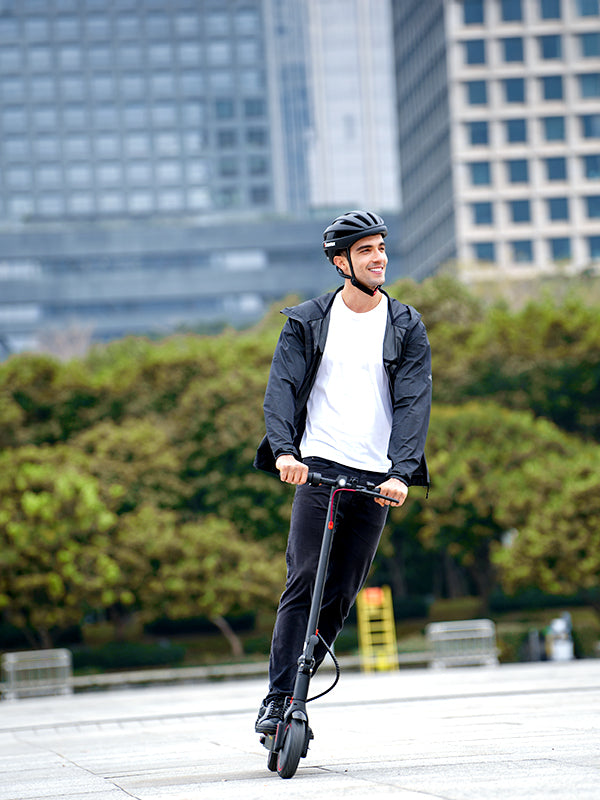


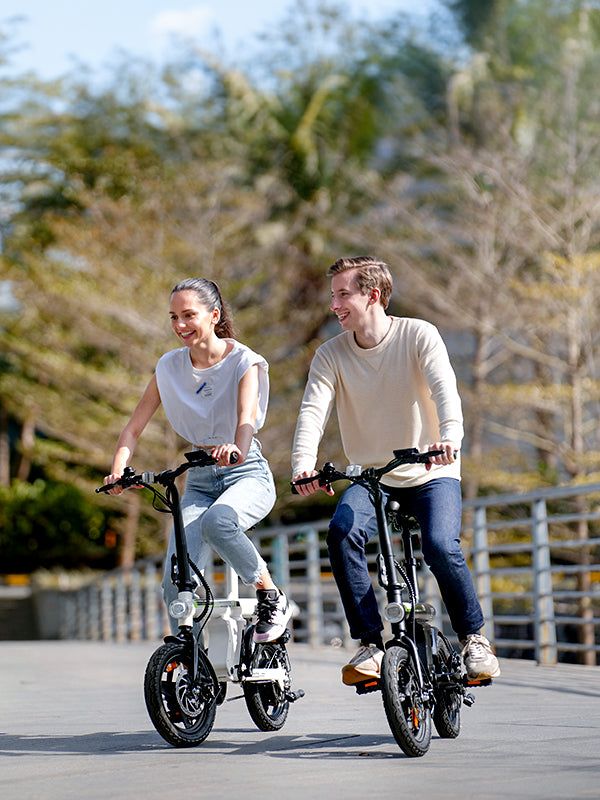

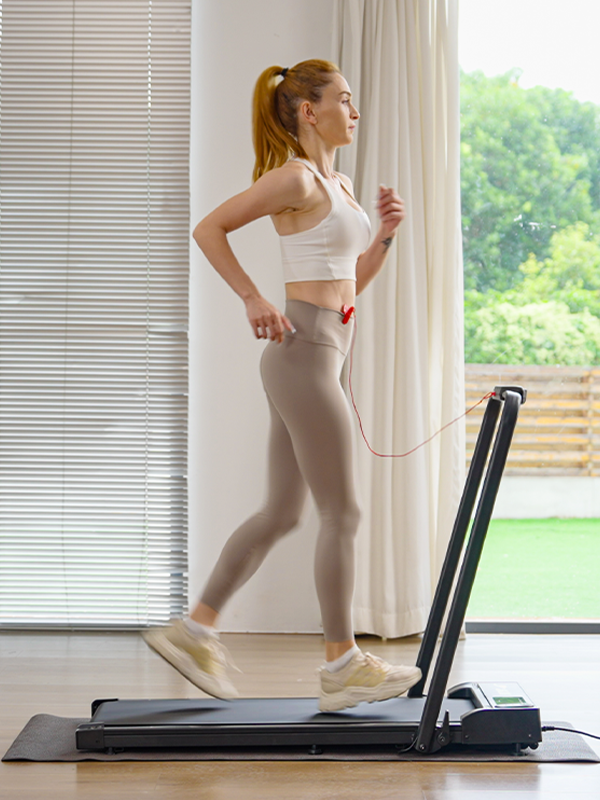





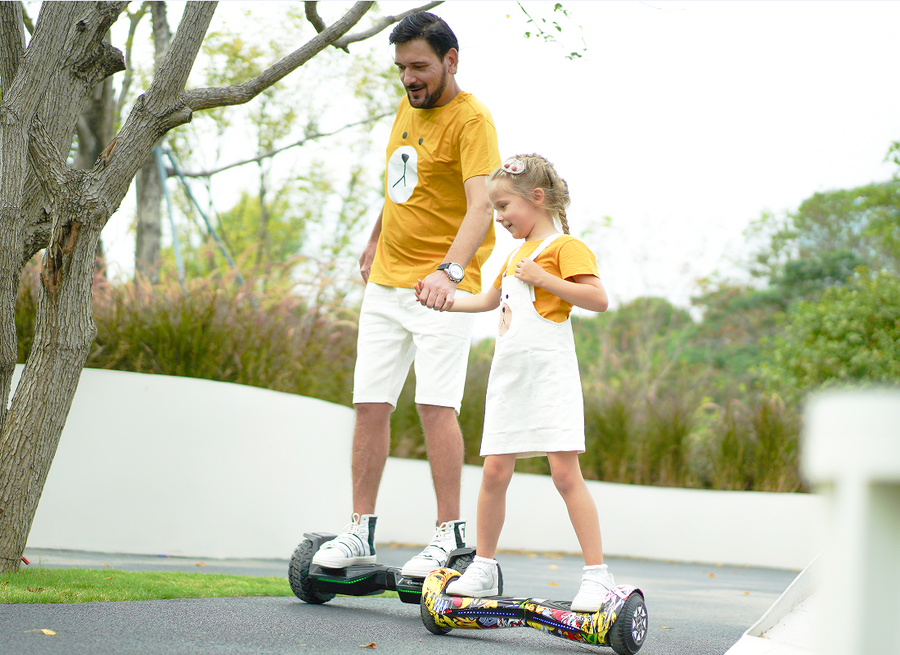
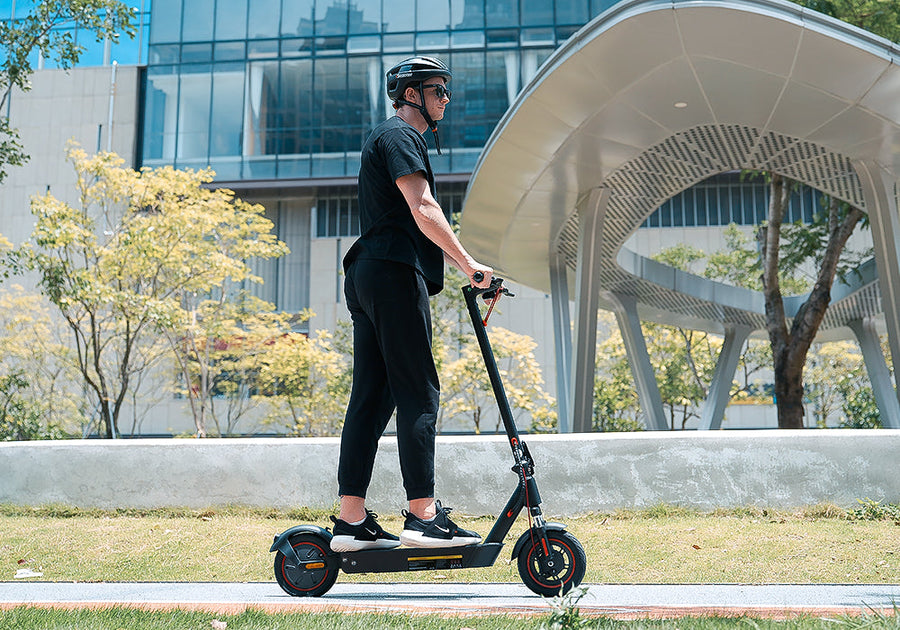

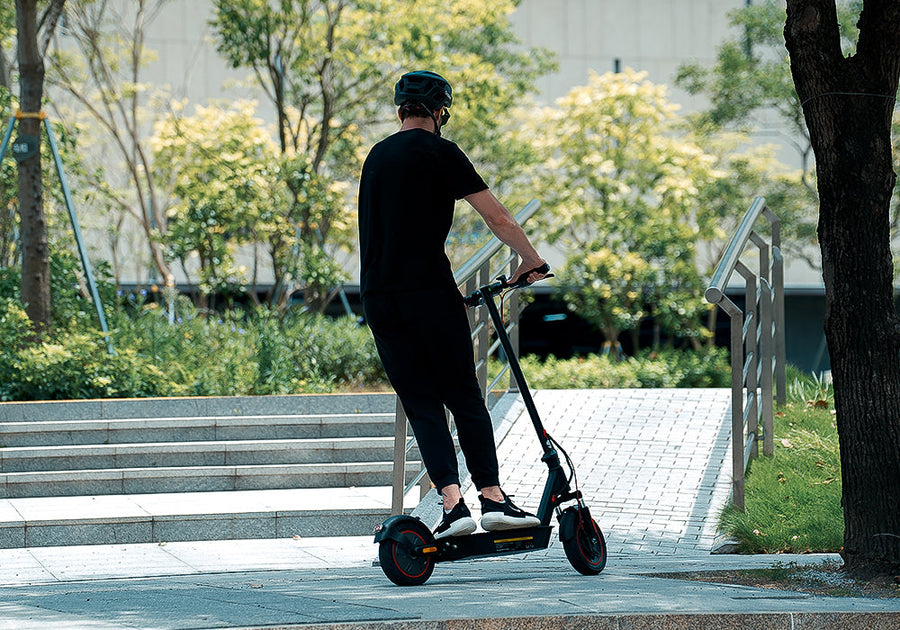

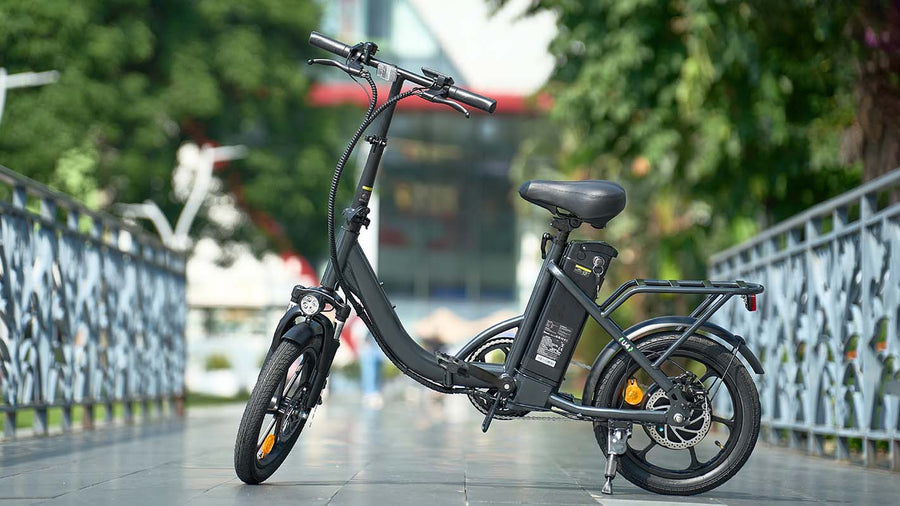

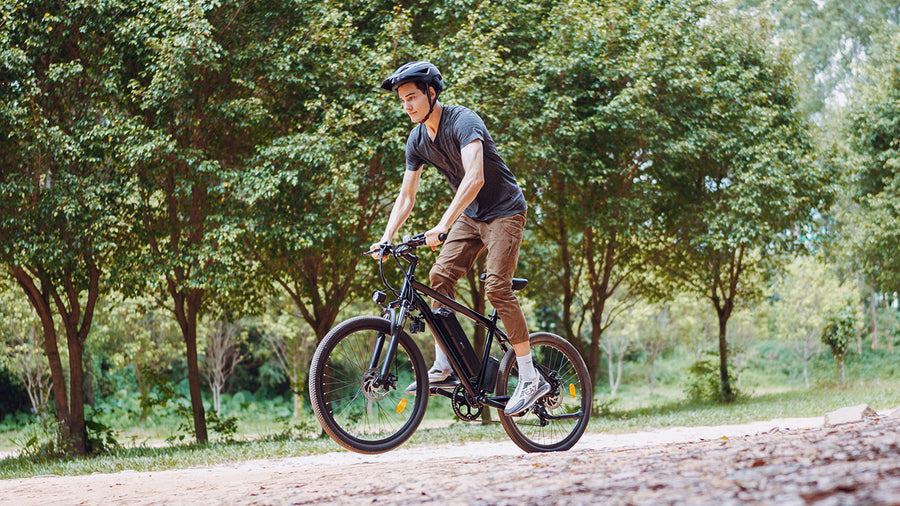







Still, need help? Contact Us: support@ihoverboard.com
What's the option? Check out the option now!
Leave us a message